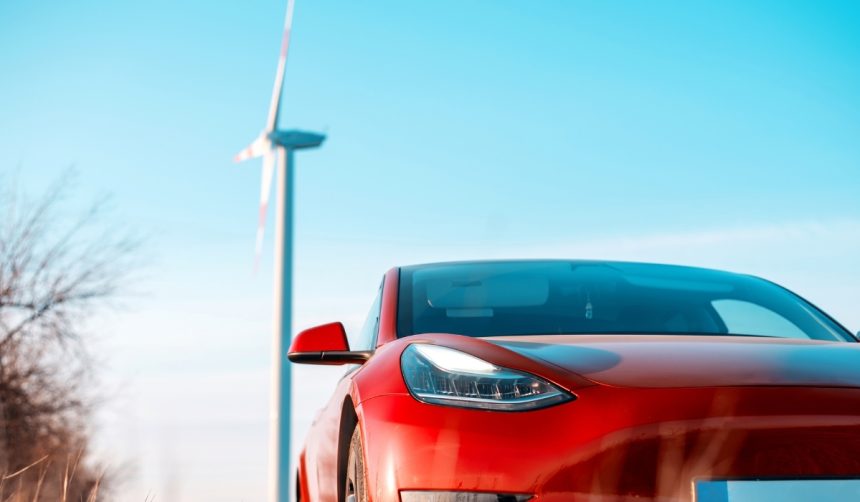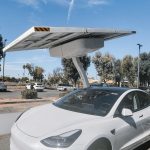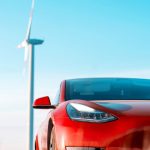Tesla’s move toward Ride-hailing autonomy is nearing a broader launch as CEO Elon Musk gives the public a clear timeline to expect open access to the Robotaxi service. After starting with a test group in Austin, the Robotaxi platform is set to expand beyond its initial boundaries. This development represents a significant step for both Tesla and the larger autonomous vehicle sector, as expectations grow around safety protocols and the incremental rollout pace. Continued speculation about Tesla’s safety-first strategy underscores the careful approach in expanding beyond early trials.
Past reports indicated that Tesla’s Robotaxi features were in beta or limited pilot phases, largely unavailable to the general public. At that time, only a small cohort in Austin had experienced the service, and the necessity of having a Safety Monitor in California indicated ongoing regulatory hurdles. Today’s announcement signals increased confidence and a more aggressive expansion schedule compared to previous projections and measured operational areas. As industry competition rises with alternative autonomous fleets, Tesla’s approach stands out for its strict initial controls and regional expansion methodology.
Robotaxi Launch Moves Beyond Pilot Groups
Tesla initiated its Robotaxi service for a select audience in Austin, Texas on June 22. Since then, both the service area’s geofence and the pool of eligible riders have steadily grown. The Bay Area in California also saw service activation, though with significant operational differences: unlike Austin, Californian rides include a Safety Monitor in the driver’s seat for regulatory and safety oversight.
When Will Public Access Occur?
According to Elon Musk, full public access to the Robotaxi platform will be available next month. He stated:
“It will be open access next month.”
This timeline offers the first concrete date for widespread use, elevating anticipation among those previously left waiting for their invitation emails.
What Are Tesla’s Stated Priorities?
Tesla emphasizes that safety has dictated the speed of the Robotaxi rollout. The company is particularly wary of the consequences a single incident could have for its self-driving initiatives. In a quarterly earnings call, Musk remarked:
“We need to make sure it works when the vehicles are fully under our control. It’s kind of one step at a time here. We don’t want to jump the gun. As I said, we’re being paranoid about safety.”
This methodical approach reflects Tesla’s confidence in its Full Self-Driving (FSD) suite, as supported by internal data, but also shows restraint in scaling up services.
The push to expand accessible areas in Austin and the Bay Area continues, with Tesla already having doubled the Austin geofence twice. Company messaging remains focused on broader access in 2025 and controlled expansion in anticipation of more robust public deployments.
Those observing Tesla’s journey toward full Robotaxi deployment will recognize the tension between innovation and regulatory caution. The company’s willingness to prioritize safety, even at the cost of slower public rollout, may influence not only adoption rates but also public perception and policymaking in the autonomous vehicle landscape. For potential users, the coming year presents opportunities to directly experience Tesla’s Robotaxi service, while providing Tesla with large-scale operational data that could impact further development. Comparing Tesla’s careful expansion to more aggressive entrants illustrates potential pathways and pitfalls for autonomy in urban mobility. Those considering use or investment in autonomous ride-hailing should closely monitor regulatory developments and early user experiences, as these will likely inform the pace and effectiveness of rollout across other regions and markets.
- Tesla’s Robotaxi platform prepares for wide public access next month.
- Safety considerations have guided the pace and regions of expansion.
- Further service area enlargements are expected for Austin and the Bay Area.










